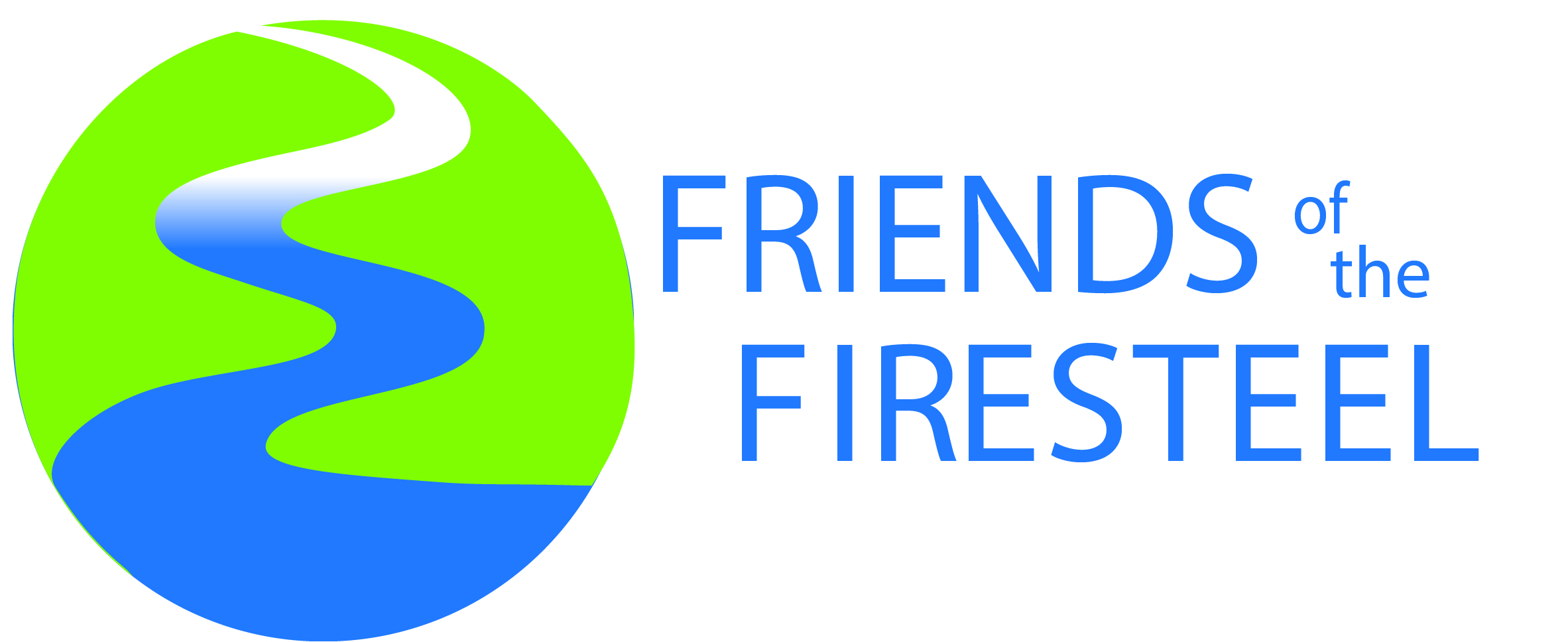HistoryThe History: In 1928, a 693-acre, relatively shallow Lake Mitchell was built for water supply and recreation purposes. Defining characteristic include the huge 350,000-acre watershed that extends west to White Lake, south of Stickney, north of Wessington Springs, and east to Mitchell. The Lake has a 500 to 1 watershed to lake size ratio. The Challenge: The yearly average of Phosphorus concentration in the Lake from 1991 to 2017 was 474 ppb (parts per billion). Last year’s average alone was over 900 ppb. Algae grows at 60+ ppb, making the Lake a rich environment for algae. A healthy lake is 60-80 ppb, or less. It will take significant improvements in both the Firesteel Creek watershed and in Lake Mitchell to reduce the amount of nutrient loading that is currently causing the frequency and severity of the Lake algae problem. Focusing only on on the upstream or the in-lake challenges will not have the wholistic impact that is required to restore the lake and its watershed to the vibrant recreational area, fishery, and ecosystem that has generated so many fond memories in the past. Significant community efforts, volunteering, and donations will be needed to revitalized this cherished water asset of Firesteel Creek and Lake Mitchell. Two Basic Phosphorous Issues
Lake Mitchell is currently listed by EPA as an Impaired Waterbody which does not support: 1) domestic water supply, 2) immersion recreation, 3) limited contact recreation, or 4) warm water permanent fish life. *According to FYRA Engineering Technical Memorandum
Two Type of Problems, Two Types of Solutions Internal Load Control (In Lake)
External Load Control (Watershed)
What Work is in Progress 2019, October: City of Mitchell Purchased the Kelley Property West of Lake Mitchell on Firesteel Creek 2020, December: City of Mitchell signed and engineering agreement to start design on the shoreline stabilization and wetland creation for the west end of Lake Mitchell. 2020, December: City of Mitchell lists the Kelley home on the market to help pay for the land and watershed work in and around Firesteel Creek. 2021, January: Ducks Unlimited will design wetlands and settlement ponds on the Kelley Property. This design is to be completed by early summer of 2021 with wetland and pond work starting Summer of 2021 2021, January: City of Mitchell Received Proposals from Engineering Firms for the In-Lake Dredge design. Selection of the engineering firm to occur in February of 2021. What Are The Next Steps and What Area The Time Frames for the Project 2021: Selected engineering firm to begin Lake Dredge Design and provide estimates of costs with their plan details. 2022: 2023: | Not a |

